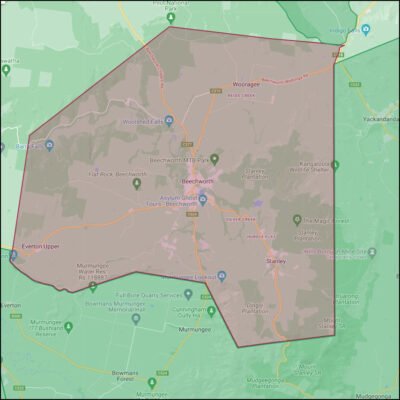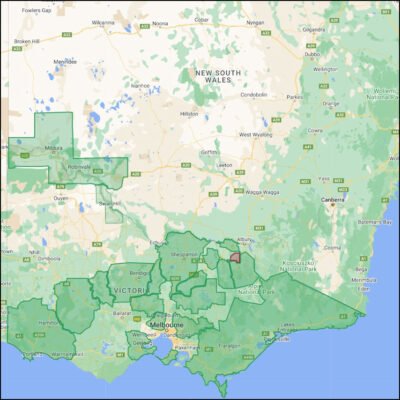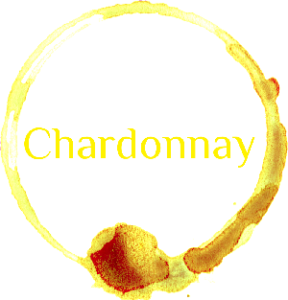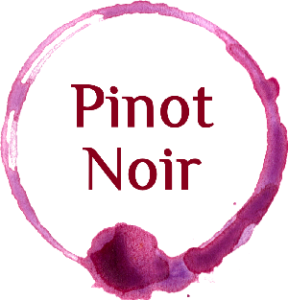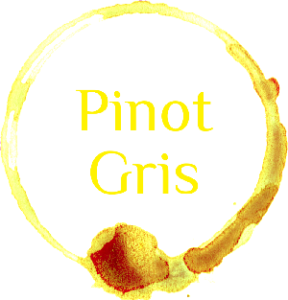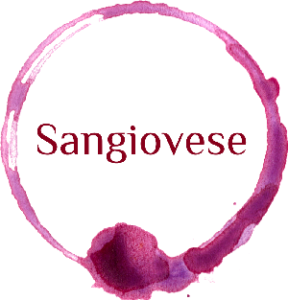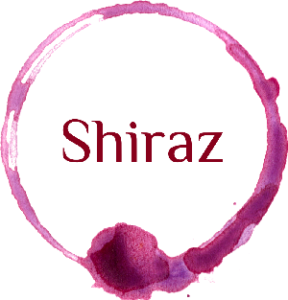The Beechworth wine region is situated in the foothills of the Victorian Alps, northeast of Melbourne, with the town of Beechworth at its centre. The region forms part of Victoria’s North East Victoria wine zone. It is one of the smallest regions after Sunbury. The region is shared with Glenrowan, King Valley, Alpine Valley and Rutherglen.
The region’s wine-making history began around the 1850s, with European settlers, primarily from Italy and Switzerland, planting vineyards attracted by the region’s cool climate and fertile soils. Vineyard expansion continued during the Victorian Gold Rush, but the phylloxera outbreak in the late 19th century devastated the industry, leading to a decline in wine production and vineyard abandonment. A revival began in the late 20th century with renewed interest in the area. Since the 1980s and 90s, Beechworth has become known for its boutique wineries and premium wines.
The region experiences a cool climate influenced by its elevation and proximity to the Alps. This climate is ideal for producing elegant wines with good acidity and complexity. Beechworth is particularly known for producing premium Chardonnay wines characterized by their elegance, minerality, and balanced acidity. Shiraz is another flagship variety of the region, and it is noted for its concentration, dark fruit flavours, and peppery notes.
Beechworth also produces fabulous white varieties like Sauvignon Blanc and Pinot Gris, often displaying crisp acidity and varietal purity. For red lovers, Beechworth produces excellent Cabernet Sauvignon, Merlot, and blends, known for their structure, depth of flavour, and ageing potential.
In addition to wine, Beechworth offers historical attractions, gourmet food experiences, and natural beauty, making it a popular destination for wine enthusiasts and tourists alike.
Top Stats
Harvest
Mid Feb to late Mar
Mean Jan temperature
21.4°C
Area of Vine
134 hectares
Altitude
204 – 1045m
Growing season rainfall
441mm
Principal Varietals
Beechworth is predominantly a red wine region, with over 60% of the planting in 2023 being a combination of red varietals. The number one planted grape, however, is Chardonnay, accounting for 24% of the region’s volume. Pinot Noir is the largest red at 17%, followed by Pinot Gris at 12%, Sangiovese at 11%, and lastly, Shiraz at 10%.


